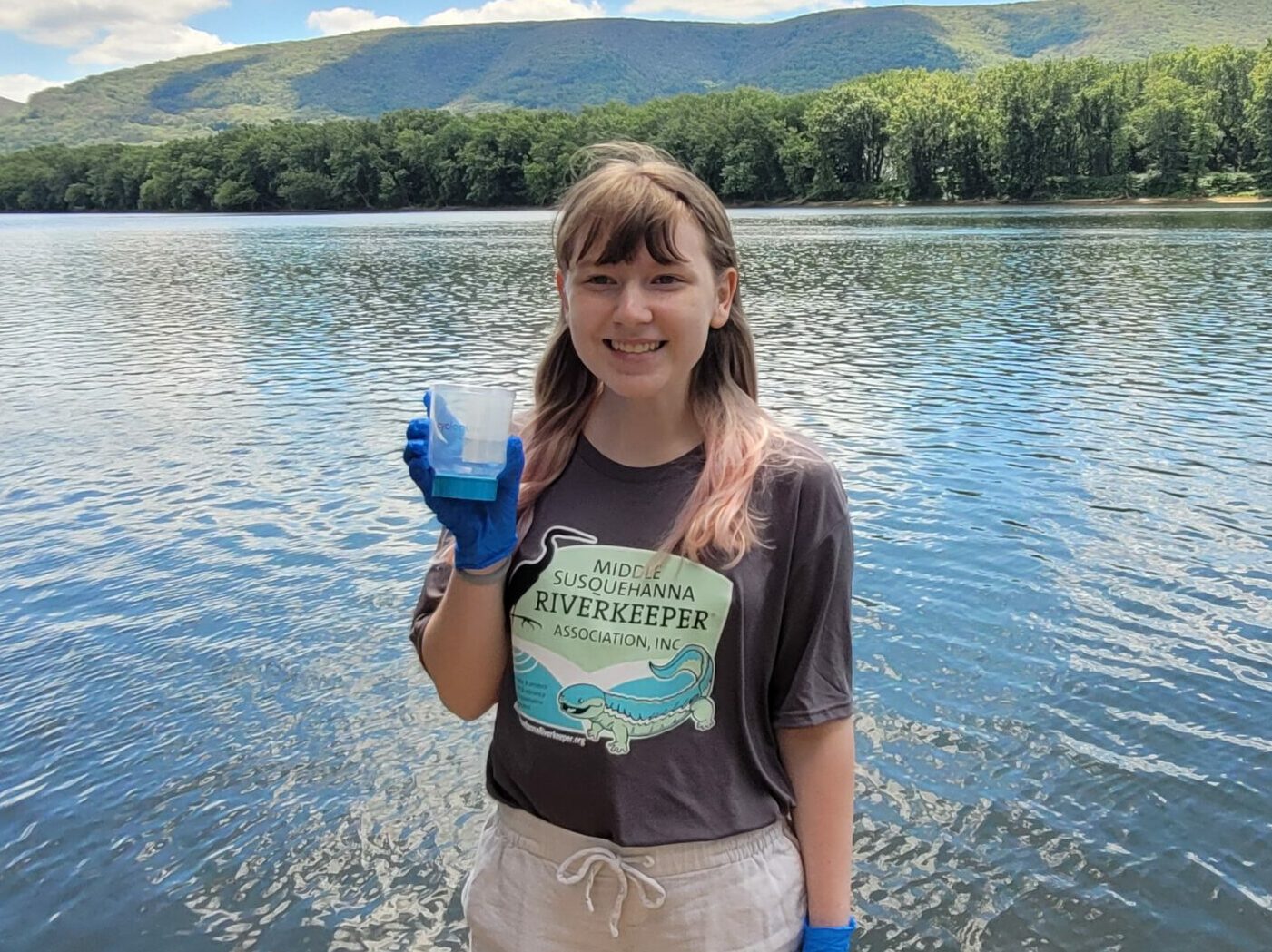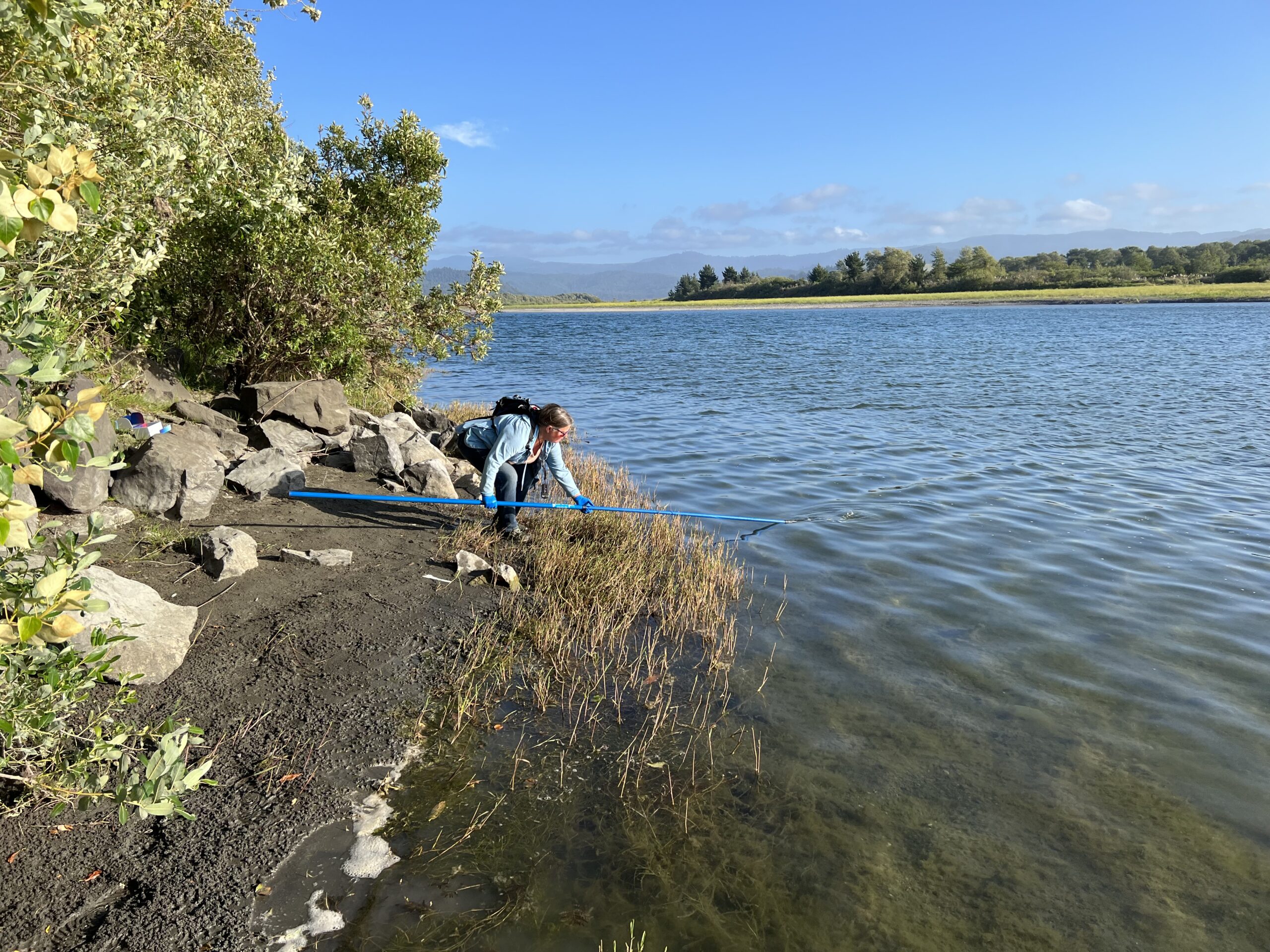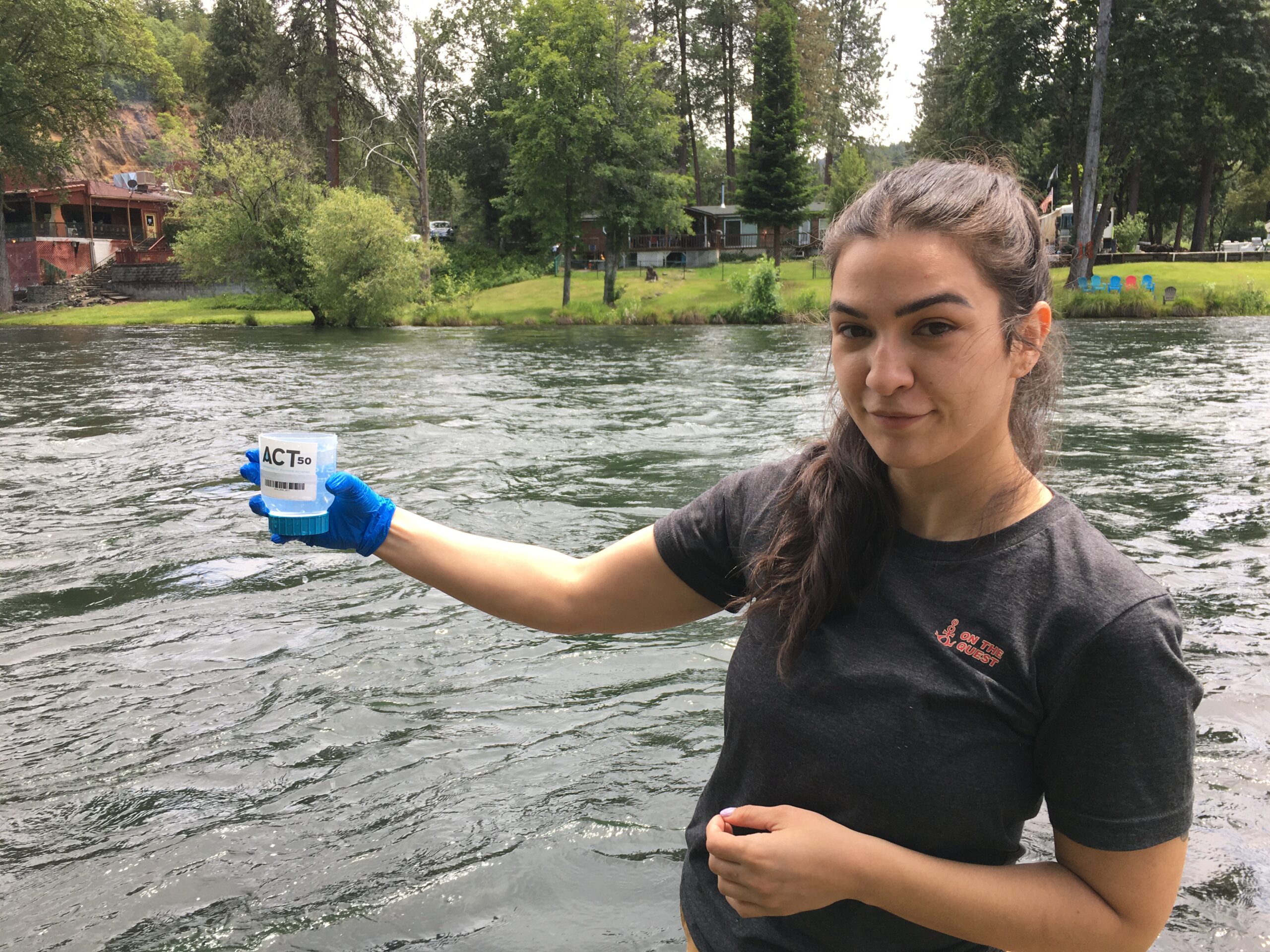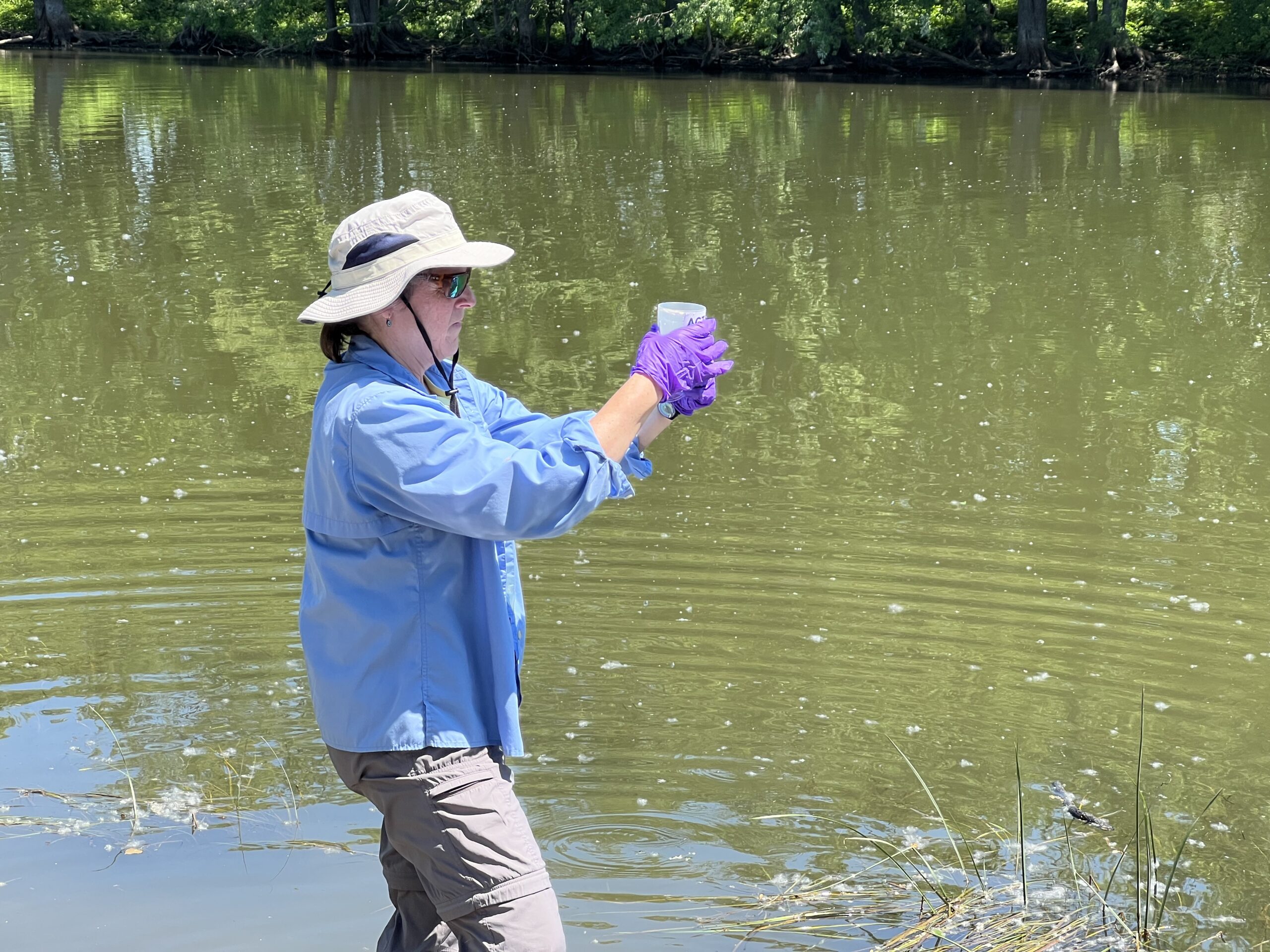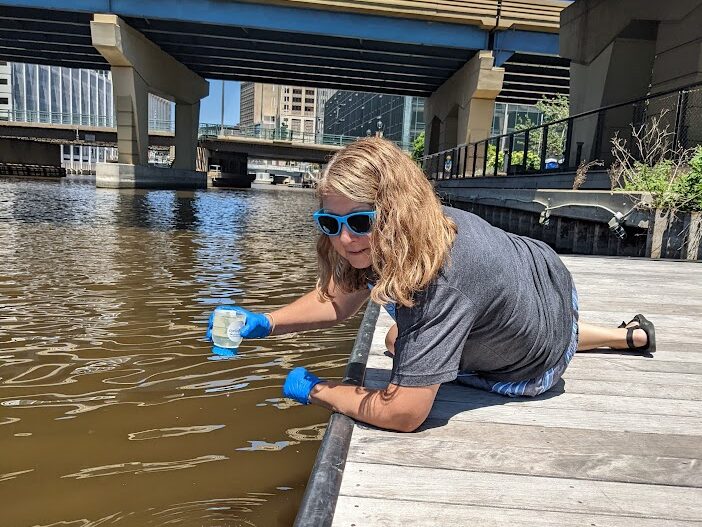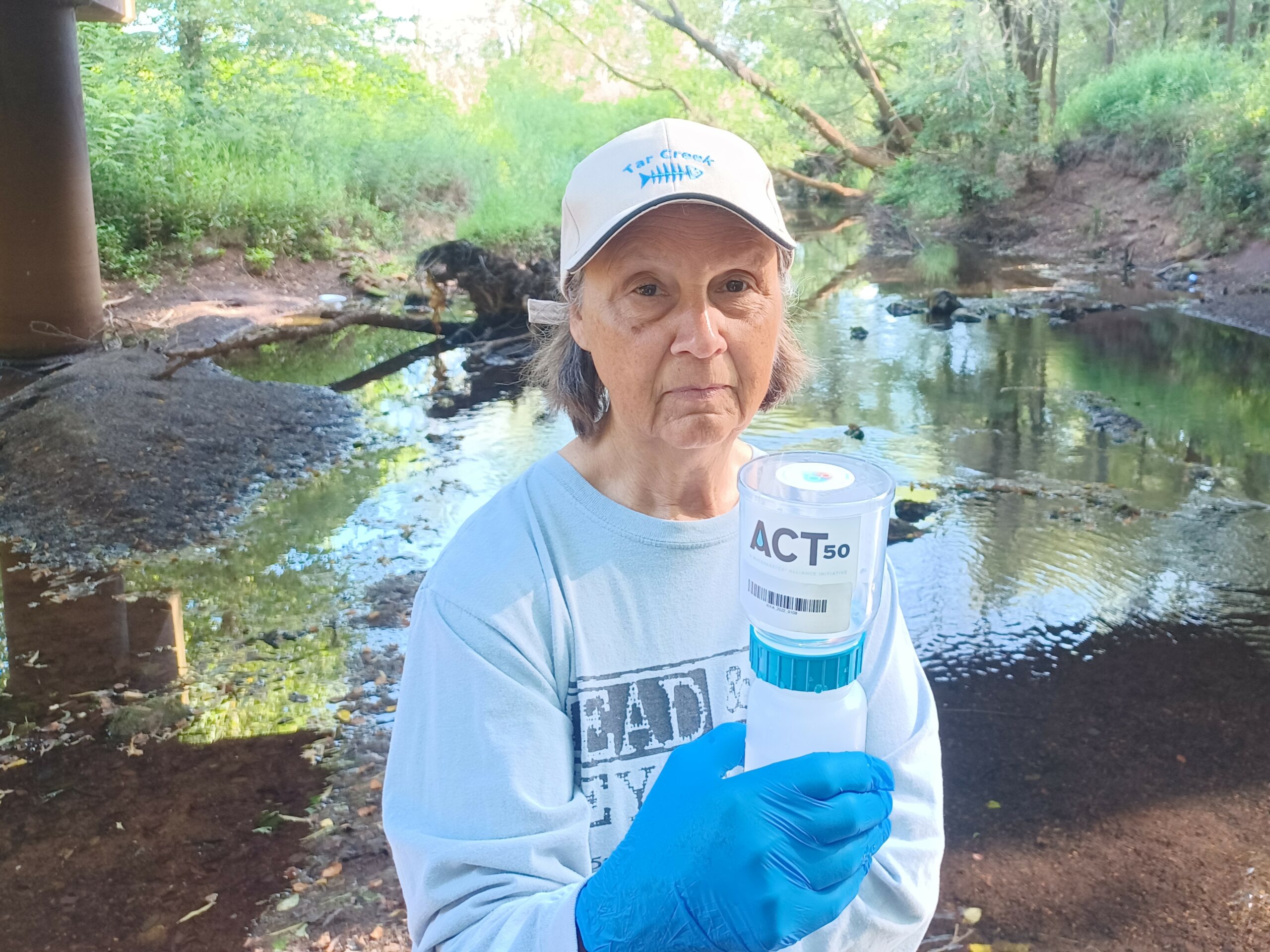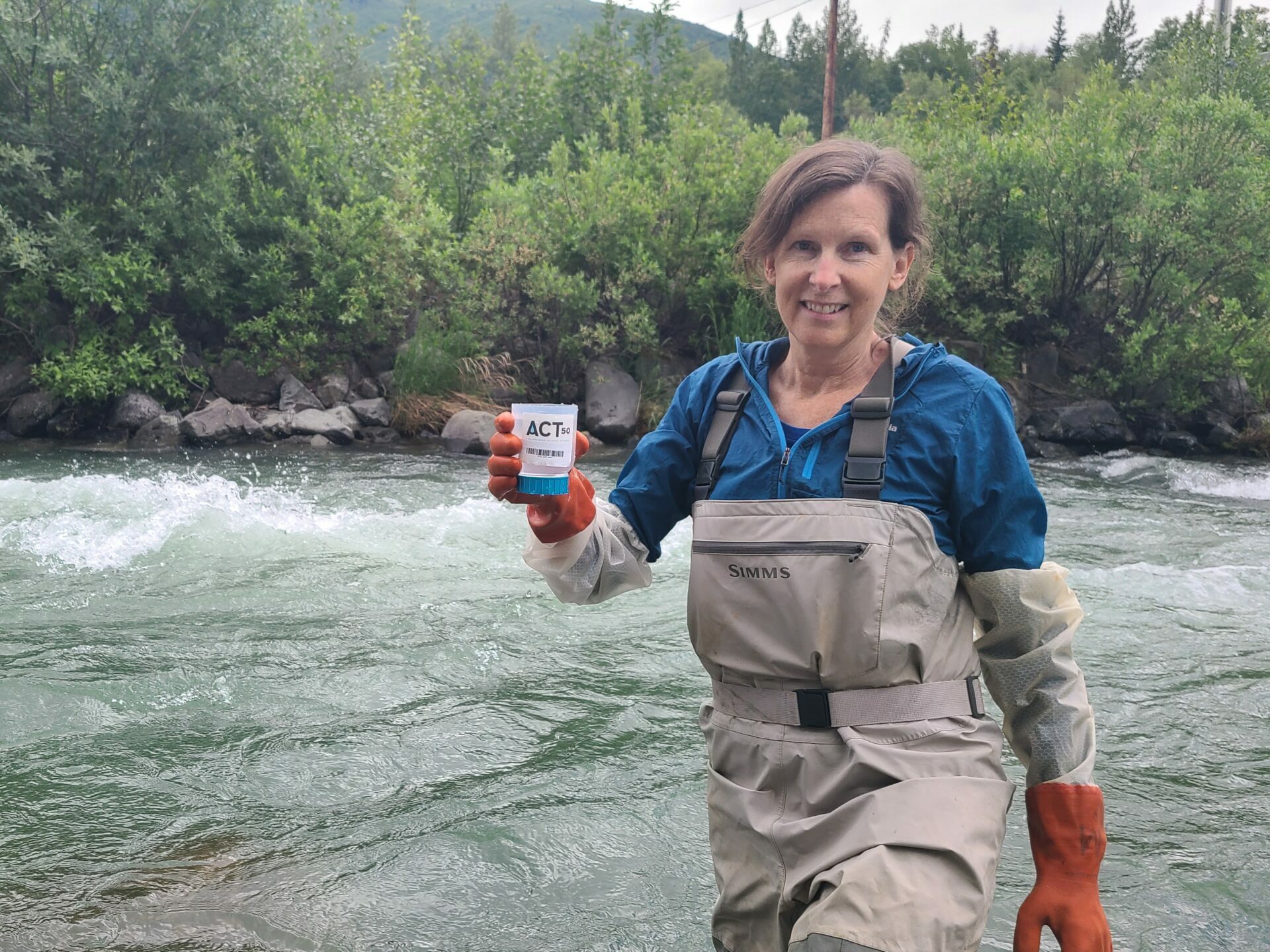
Invisible, unbreakable, and unnatural, a class of manufactured organic chemicals linked to severe health impacts are now pervasive in our environment.
What are PFAS? Widely used in manufacturing and consumer products — like nonstick cookware and water resistant clothing — since at least the 1950s, per- and polyfluoroalkyl substances (PFAS) are biopersistent, meaning they remain in organisms indefinitely without breaking down, and are bioaccumulative, meaning that over time, they build up in ever increasing amounts in people, wildlife, aquatic life, and the environment.
These "forever chemicals" are linked to increased incidence of cancer, liver and kidney disease, reproductive issues, immunodeficiencies, and hormonal disruptions. Though experts estimate that more than 200 million Americans are exposed to PFAS through drinking water, there are no binding, enforceable regulatory standards in place to protect the public and our nation’s waters from this serious health hazard.
Though PFAS are now ubiquitous, no nationwide surface water quality survey has ever been taken.
As a result, the extent of PFAS water contamination is unknown for most U.S. waters.
The results unequivocally show that dangerous PFAS pollution is widespread in surface waters across the country.
The Results
83% of the samples showed detection of at least one PFAS compound. In some cases, contamination reached into the thousands of parts per trillion.
You can explore the extent of PFAS contamination in U.S. surface waters through our interactive map displaying the results.
Even with the clear danger and prevalence of PFAS in waters across the United States, broad-based action to address contamination has been slow and inadequate to date.
Congress and the U.S. Environmental Protection Agency can address the crisis by prioritizing passage of Clean Water Act legislation, adopting regulatory standards, implementing strategic water monitoring, improving analytical methods, and enforcing existing laws.
Learn more by reading our full report and take action to combat PFAS contamination!
Learn More
Access our full report and additional resources.
